8 Daily Habits for a Healthy Sales Pipeline
(last updated July 7, 2023)
Habit #1? HubSpot.
It’s the most powerful CRM and growth tool we know to help you build a frictionless machine fueled by happy customers who promote your business.
The HubSpot flywheel propels itself when sales teams are focused on building relationships vs. selling.
But that means keeping your sales pipeline full of leads.
A full sales pipeline gives you the confidence you need to ensure delight at every stage of your buyer’s journey–which builds the kind of relationships that last.
This way, you generate more referrals, more positive relationships, more revenue–and more leads for your pipeline where it starts all over again.
But, how do you get the flywheel spinning in the first place?
Glad you asked! Here are seven great habits to cultivate every day for a healthy sales pipeline.
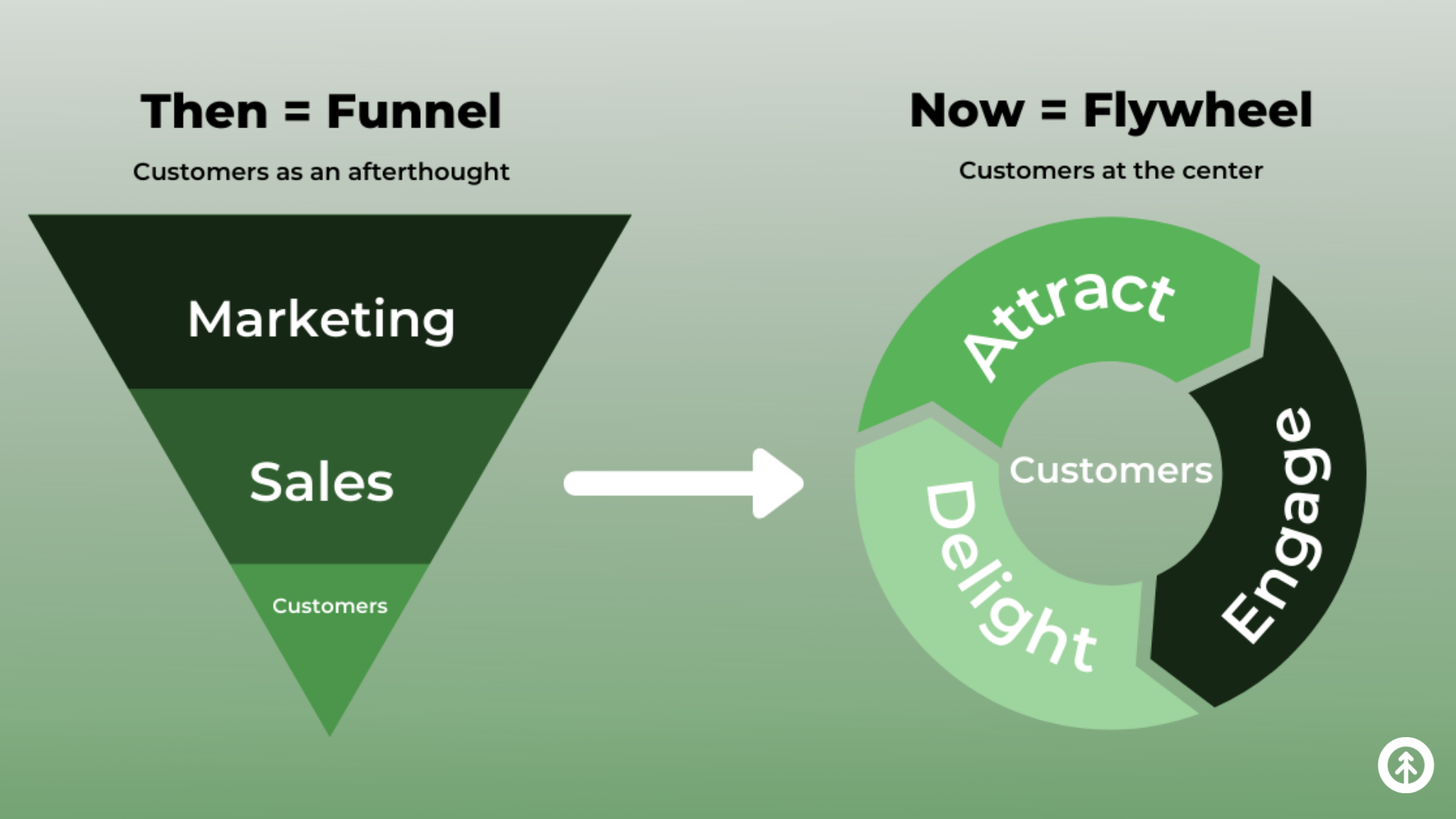
Workflow Automation
When prospecting is efficient and effective, it’s easier to stick to it. HubSpot has plenty of sequence automation tools to help you create an automation system to generate the leads you need.
HubSpot Sales Hub gives you tools to:
- Prioritize prospects - Use lead scoring and intent data to identify best-fit prospects.
- Keep track of the next step - Set reminders automatically for the next email, call, or other sales action.
- Personalize follow-ups - Follow up with prospects with the right message, at the right time. HubSpot Snippets tool helps you keep your messaging on track and on brand.
- Simplify meeting setup - Make it easy for prospects to schedule a meeting with you by creating a meeting link (check out ours here).
- Lead assignment - Automatically route leads to sales reps based on any criteria like location, territory, deal size, and more.
- Generate quotes + pricing - Qualify leads with short answer forms that allow you to deliver a quote automatically.
- Proposal Software - Software applications like PandaDoc can integrate with HubSpot CRM to alert you when your customer opens your email or document, how long they spent reading it, and even when they sign.
Smart Social Media
Social media can be a valuable prospecting tool, but you have to be extra vigilant of your time there–and extra smart about keeping track of the relationships you build on all platforms. In other words, it needs to be focused, organized, and intentional.
Focus your social media efforts on:
- monitoring trends in your buyer’s environment
- discovering opportunities to connect with people, and
- positioning yourself as a thought leader who helps others.
Intentional time on social media can build relationships that sustain your business, but only if you keep contacts organized in a way that makes sense for you. HubSpot social CRM was built for this.
When someone interacts with you on your official social media channels, you can gather the same insights you get from your website engagements, email clicks, and calendar bookings.
It generates reports on lead generation, contact lists, notes, and notifications that help you decide how to adapt or stay the course with prospects and customers. Now that’s smart.
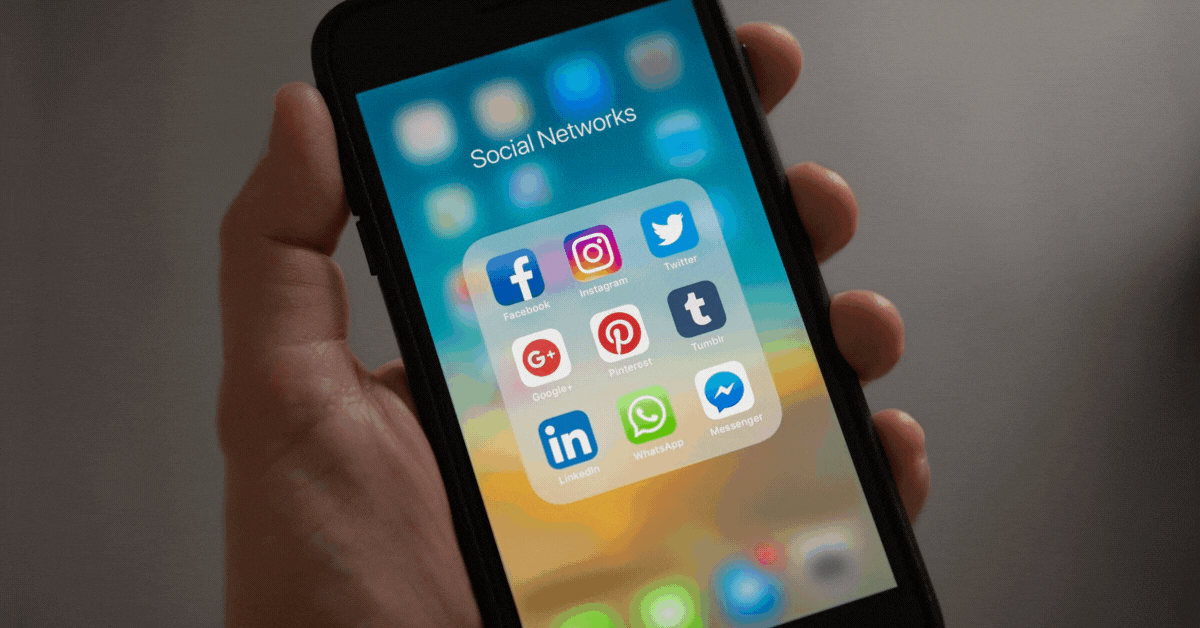
ABP: Always Be Prospecting
This one is key. This one is hard. But it pays off. Always, always be prospecting.
Whatever you do to keep yourself on a schedule—a calendar, an alarm on your phone, a co-worker who does a great job at reminding you, a to-do list—set aside consistent time every day to build relationships with new people who could be served by what your business does, creates, or knows.
No matter what, stick to it. Consistency is crucial.
Pro Tip: LinkedIn is a perfect place to build relationships like this, but just be mindful that you're building a relationship first. For more on social selling on LinkedIn, check out a whole blog article we wrote on just this very thing.
Ask for Referrals

Your customers believe in your product or service; otherwise, they wouldn’t still be customers. So, ask them to refer your business to someone they know who could also be helped by what you do or make. The worst thing they could say is no. And, odds are, they won’t say that.
Pro Tip: Be specific with your ask. If you describe your ideal customer, people are much more likely to think of someone specific who fits that description.
Example: “Do you know anyone who owns a hybrid- or fully-remote marketing firm?” Why, yes! Yes, we do!
Understand Your Customer's Top Pain Points
When you close a deal, notice what issue brought your buyer to you in the first place. Ask yourself questions like these:
- Did they open a second office and need equipment/space/design/employees?
- Did they just hire a CEO?
- Did they start a new job?
- Did they just upgrade their business goals?
Whatever you do or make, knowing your ideal customer’s pain points can help you identify people who should be in your sales pipeline that maybe aren’t.
Contact histories in HubSpot can identify exactly where your customers come from—which can help you identify where to look for prospects.
Know Your Buyer Personas
The exact same concept works for your buyer personas, too.
If you’re four times more likely to close deals with financial institutions, focus on banks. They’re your people.
Pay attention to the specific teams in the industries that you’re more successful with, too. If you’re 56% more successful with sales teams than any other team, make friends with the sales teams at banks.
These are the kinds of insights you’ll get from your friendly HubSpot CRM, so make sure you update it daily and review the data often.
Be a Lifelong Learner
.png?width=1920&name=sales-people-training-growth-marketing-firm%20(1).png)
The way the world works changes at lightning speed, and keeping up with it can feel like a full-time job.
According to a HubSpot study, a whopping 59% of salespeople say they don’t change how they do their job once they figure out what works for them.
So, how do you stay motivated to adapt and change how you do your job? Become a lifelong learner by creating a system for learning that feels more like play to you.
First, determine what kind of learner you are:
- Visual: You prefer to learn through pictures, videos, and images.
- Aural: You learn best through sound and music.
- Verbal: You learn through words–either spoken or read.
- Physical: You learn through doing something yourself.
- Logical: You prefer using logic, reasoning, and systems.
- Social: You prefer to learn in groups or with other people.
- Solitary: You prefer to work alone and use self-study.
Then, decide to stick with this way of learning new things. Be the 41% who stays curious (and at the top of your profession).
For instance, if you’re a visual learner (or aural, logical, verbal, or solitary), here’s a video from HubSpot Inbound 2021 about how to up your customer relationship game to meet new challenges.
Others can be found by doing a YouTube search for “sales tips for 2022.”
If you're a social learner (or a learner of any kind), we love to share what we know about HubSpot, and you can talk to our very own sales expert, Director of Sales Will Davidson by booking a meeting with him below.
Explore More Insights: Related Blog Posts
-
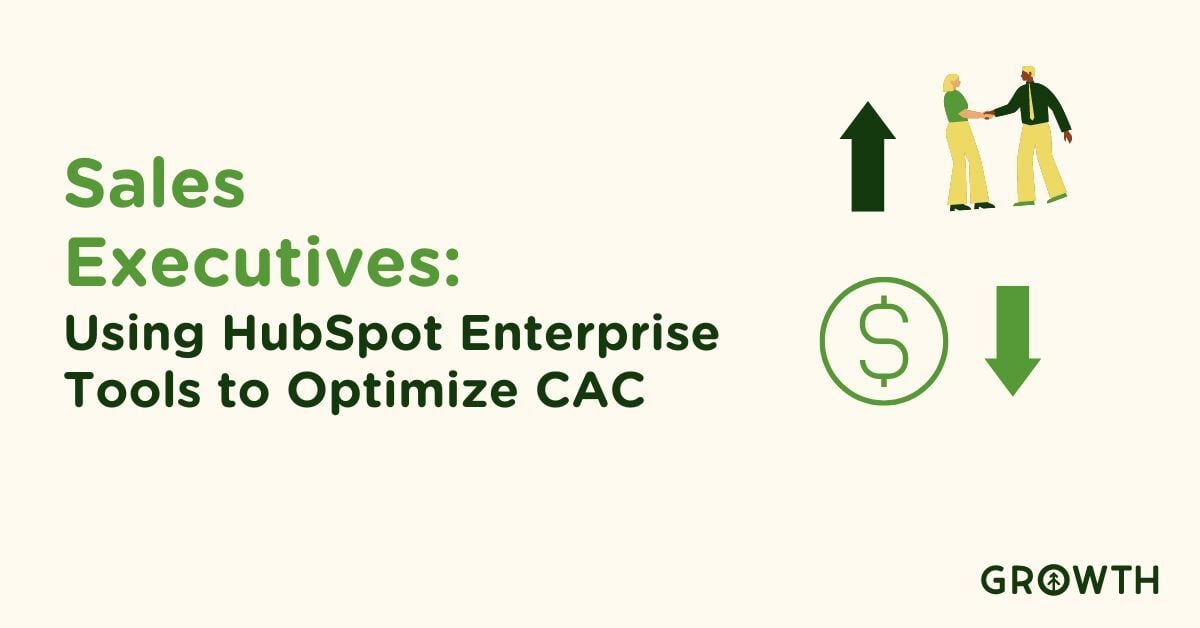 HubSpotFeb 26, 2024Rick Barcellos
HubSpotFeb 26, 2024Rick BarcellosSales Executives: Using HubSpot Enterprise Tools to Optimize CAC
In the competitive landscape of sales, where every dollar spent could be the difference between a lead and a...
-
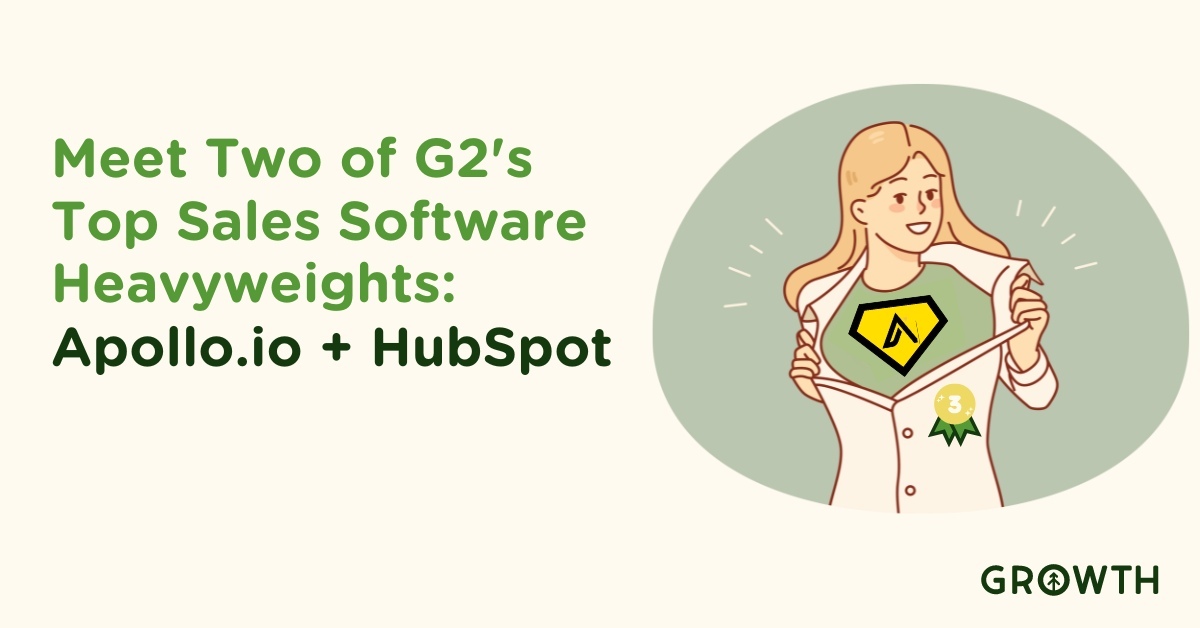 Sales EnablementFeb 12, 2024Rick Barcellos
Sales EnablementFeb 12, 2024Rick BarcellosMeet Two of G2's Top Sales Software Heavyweights: Apollo.io + HubSpot
In the ever-evolving landscape of sales technology, it's rare to find tools that not only meet but exceed...
-
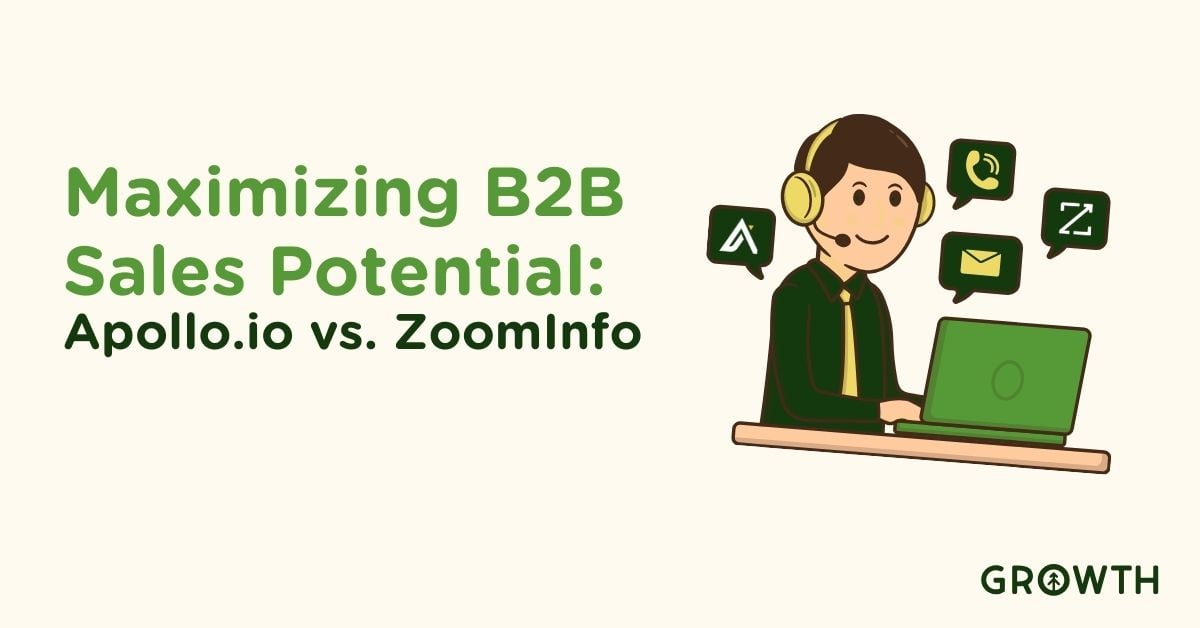 Sales EnablementFeb 15, 2024Rick Barcellos
Sales EnablementFeb 15, 2024Rick BarcellosMaximizing B2B Sales Potential: Apollo.io vs ZoomInfo
In the dynamic realm of B2B sales and marketing, the choice of data and sales execution tools can...
-
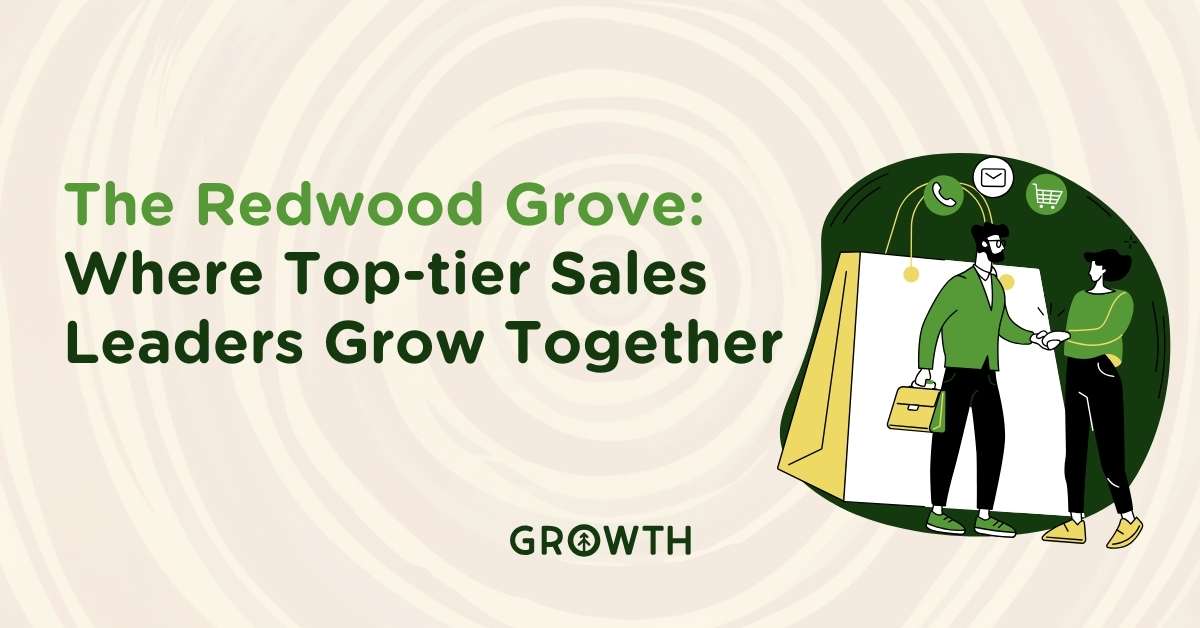 Sales EnablementFeb 22, 2024Rick Barcellos
Sales EnablementFeb 22, 2024Rick BarcellosThe Redwood Grove: Where Top-Tier Sales Leaders Grow Together
In the ever-evolving world of B2B sales, staying ahead means not just keeping pace with the trends, but...
-
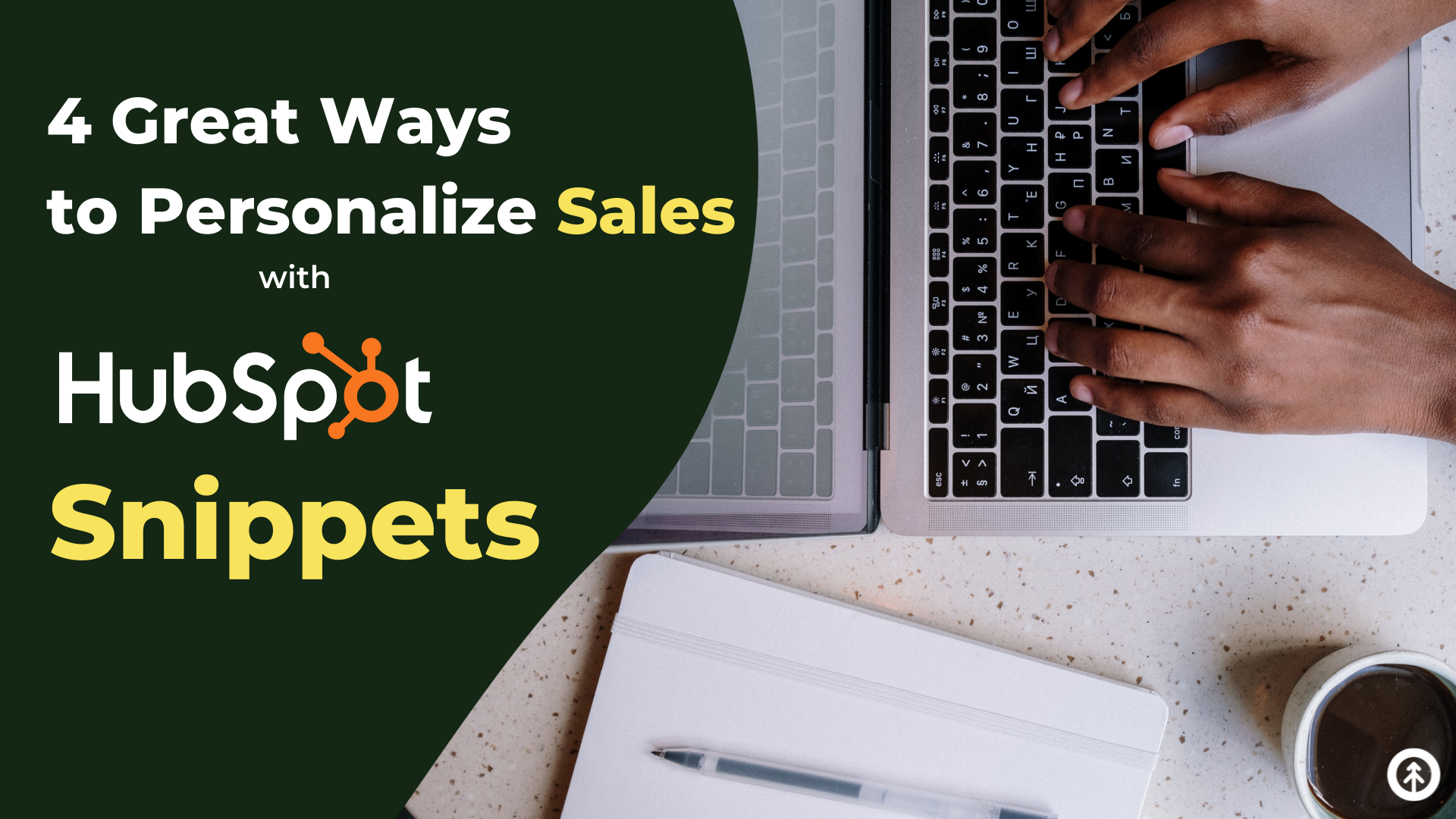 Sales EnablementDec 14, 2021
Sales EnablementDec 14, 2021 Growth Marketing Firm
Growth Marketing Firm4 Great Ways to Personalize Sales with HubSpot Snippets
As we round the corner to 2022, we are reminded that one thing we can’t get more of is time.
-
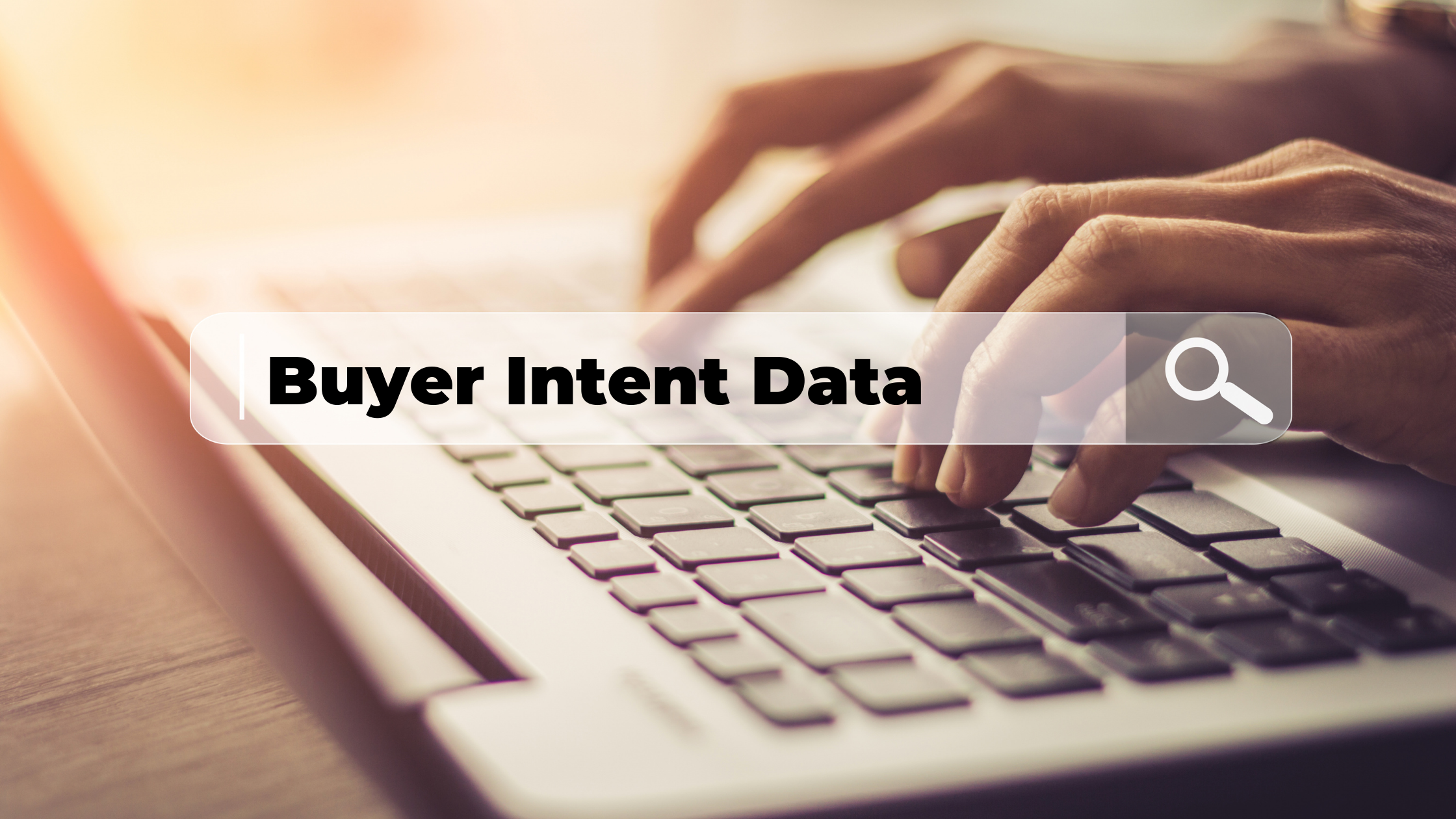 Inbound MarketingSep 13, 2021
Inbound MarketingSep 13, 2021 Growth Marketing Firm
Growth Marketing FirmIncrease Your Sales with Buyer Intent Data
(last updated August 25, 2022) The first step your ideal customer takes on their buyer journey toward your...
-
 Sales EnablementAug 28, 2020
Sales EnablementAug 28, 2020 Chris Nault
Chris NaultAccount-Based Marketing: Generating a Sales Pipeline for Your Business
Growth Marketing Firm · Account - Based Marketing - Generating A Sales Pipeline For Your Business (last...
-
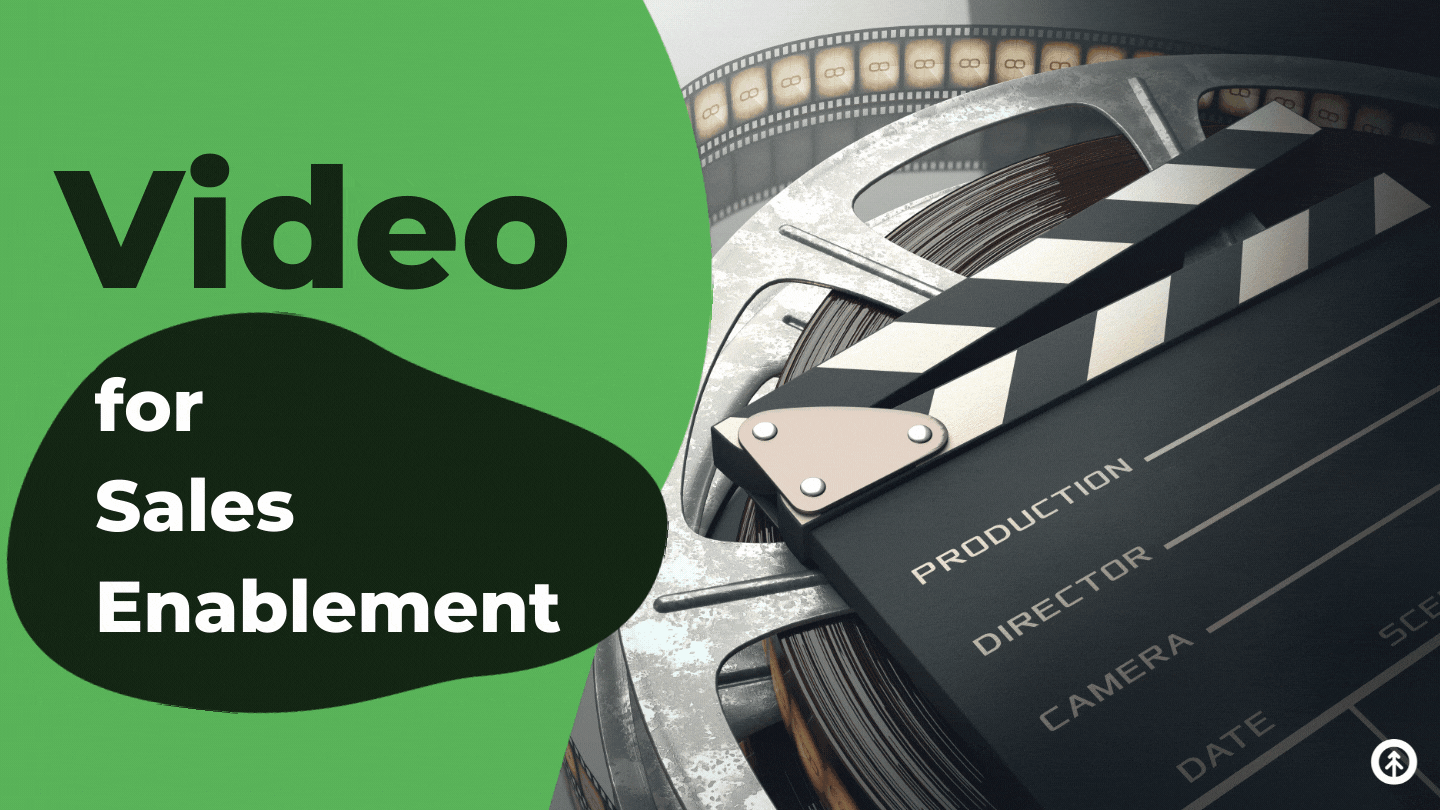 Sales EnablementJan 10, 2022
Sales EnablementJan 10, 2022 Growth Marketing Firm
Growth Marketing FirmVideo for Sales Enablement
One of the top five biggest trends to watch for 2022 is video’s emergence as THE way to market just about...
-
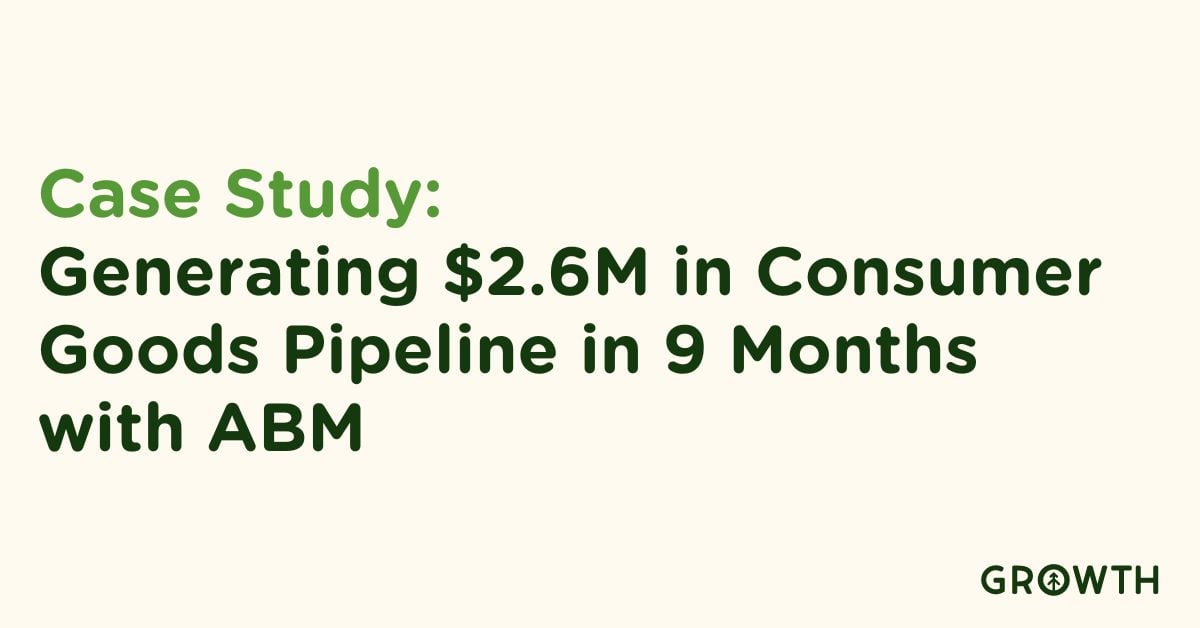 Sales EnablementJan 22, 2024
Sales EnablementJan 22, 2024 Growth Marketing Firm
Growth Marketing FirmCase Study: Driving $2.6M in pipeline in 9 months with ABM for Mechanix Wear
In a strategic shift to amplify their B2B operations, Mechanix Wear and Chicago Protective Gear partnered...
